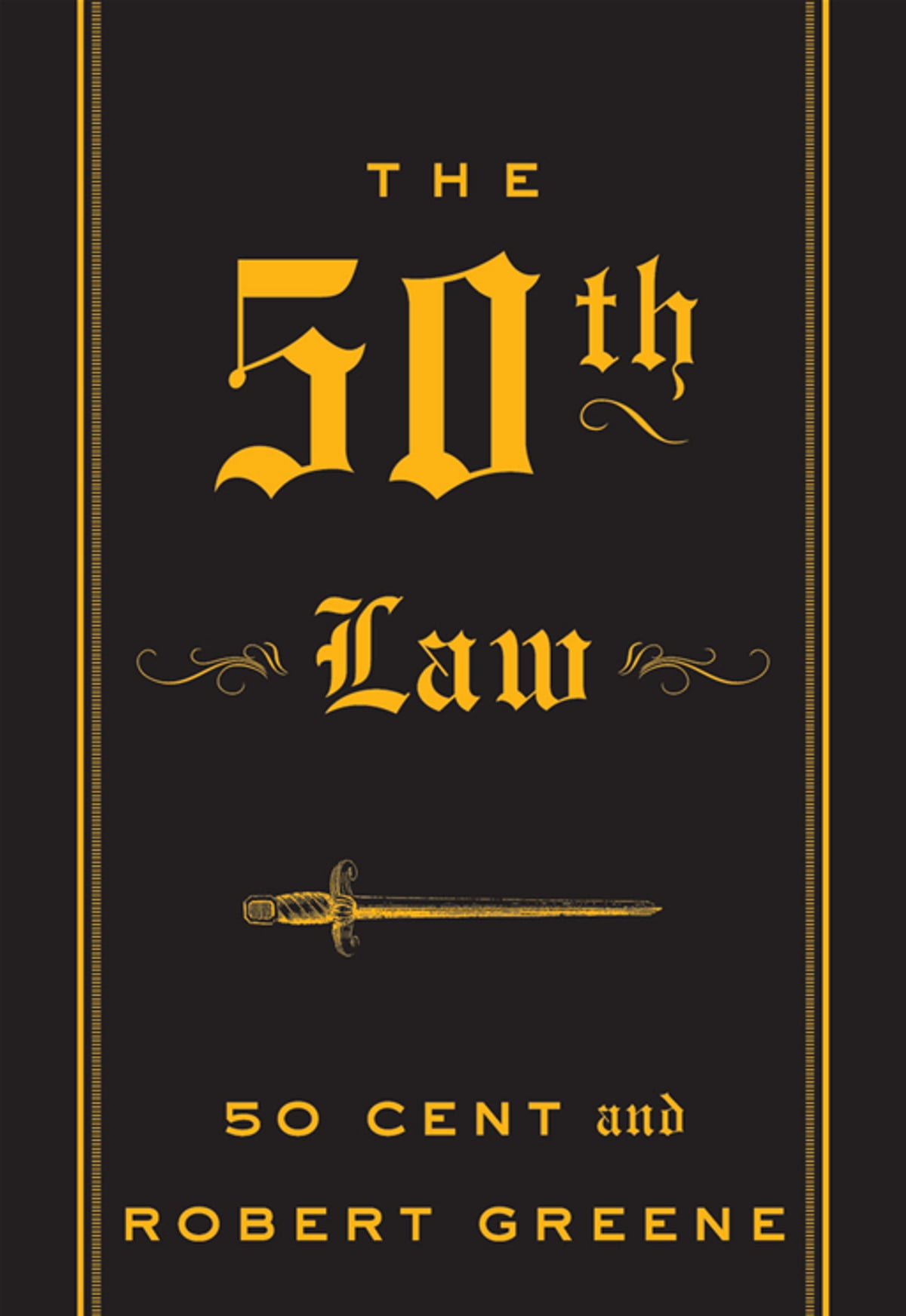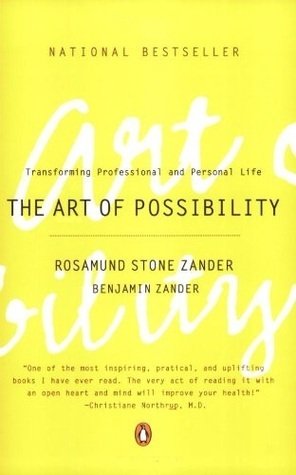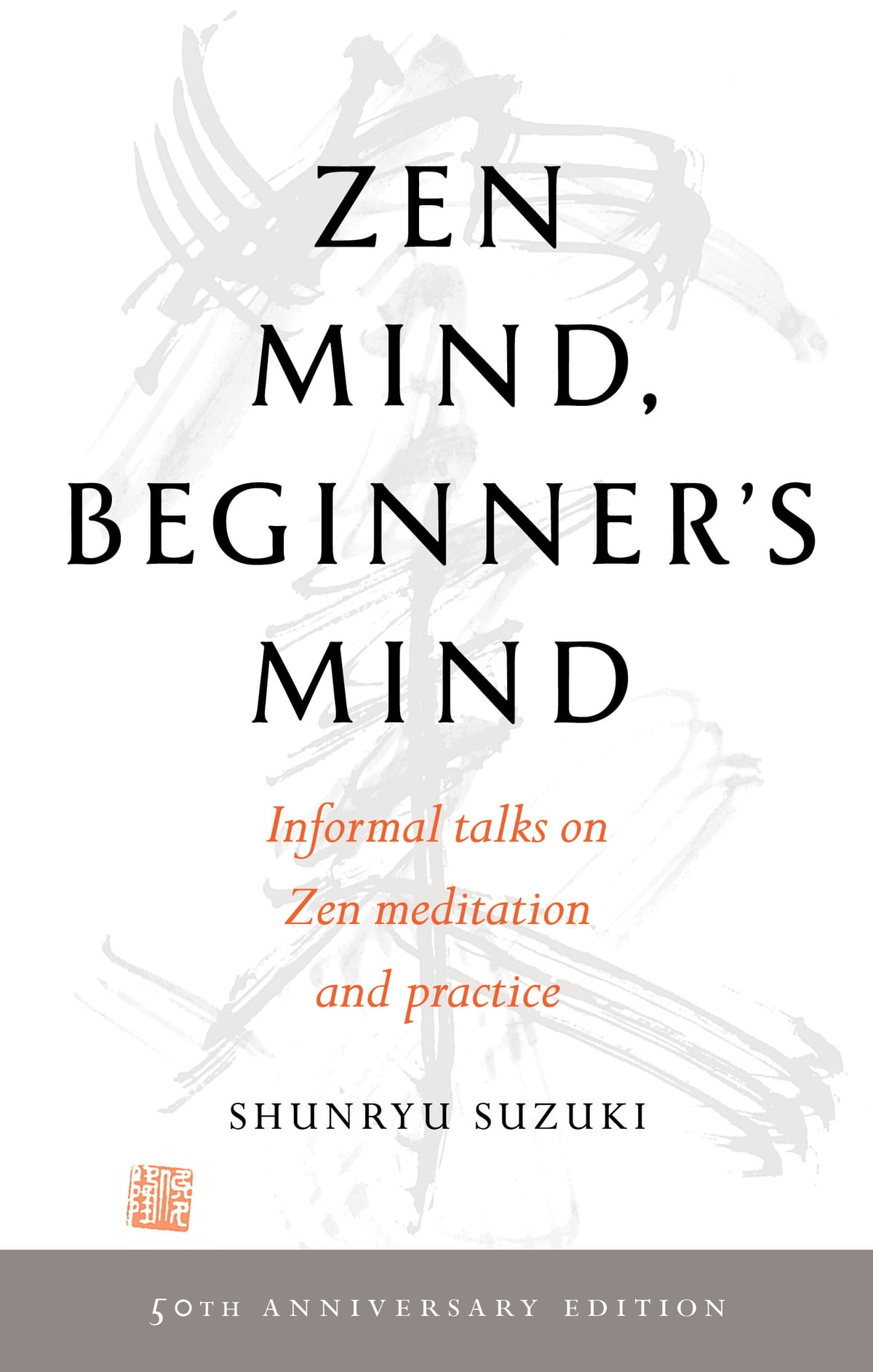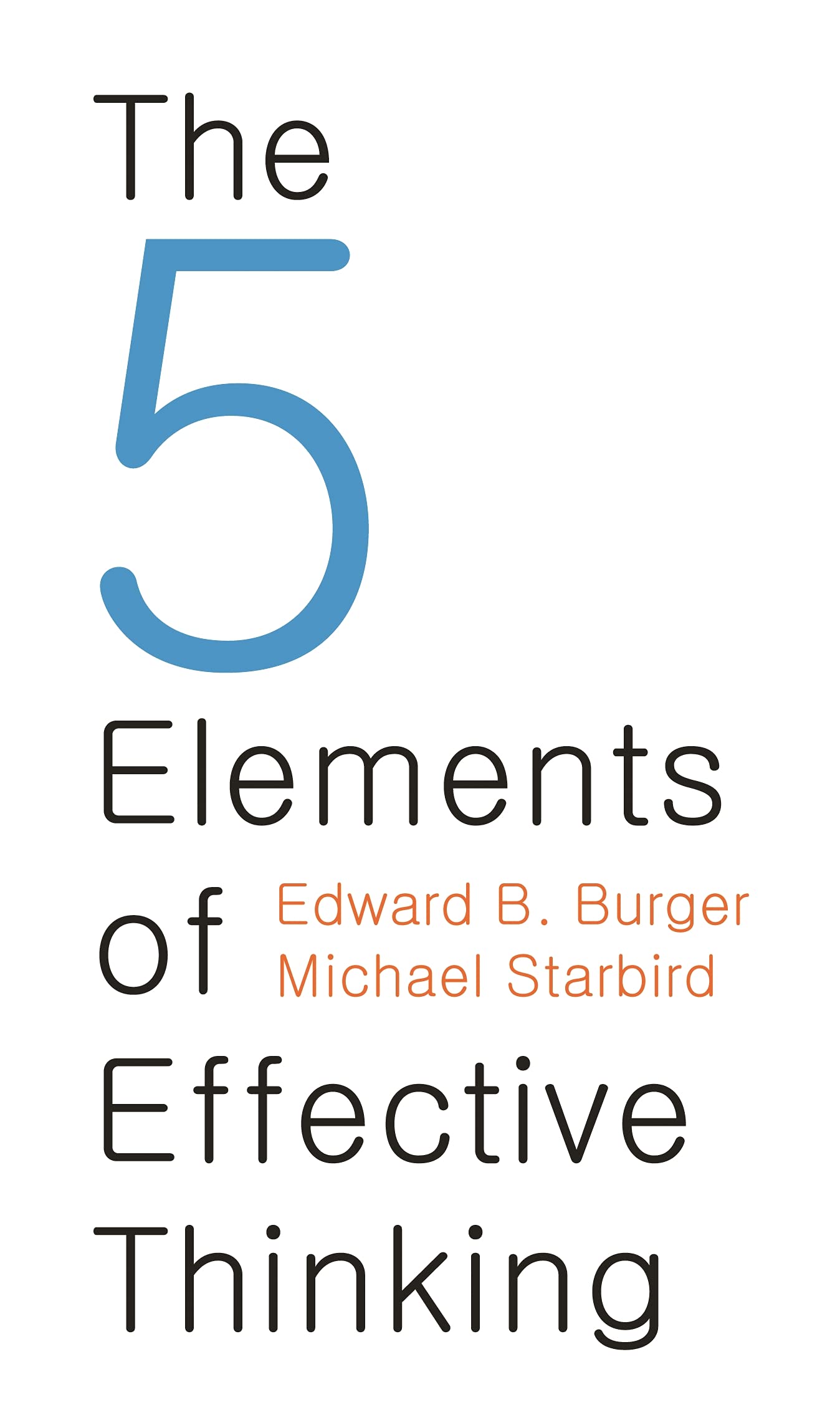The First 20 Hours
by Josh Kaufman
- Personal Development
- Ashto =
- Jonesy =
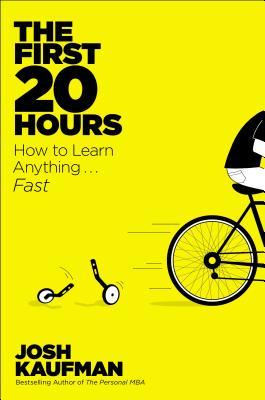
PROBLEM: So much you want to learn, so little time to learn it. SOLUTION: Focus on the first 20 hours.
Every new skill has what Josh calls a “FRUSTRATION BARRIER”. At first the basics of a new skill can seem fun. But then you hit a wall, a few hours in, where you don’t seem to be improving and it is just getting frustrating. You’re still horribly unskilled, but now painfully aware of it. Maybe you learned to play Three Blind Mice on the piano, but you still can seem to work out which note on the keyboard matches which dot on the sheet music. Or maybe you’ve been skateboarding in a straight line, but can’t work out the right balance and positioning that allows you to turn properly.
This book offers a simple system for learning new skills, a system that allows you to quickly break through that frustration barrier and get to the fun stuff sooner.
Josh Kaufman is the author of a book we’ve done in the past, The Personal MBA, now we’re looking at his book The First 20 Hours. There is so much you want to do, but so little time. Take a moment to consider the list of things you wish you could learn to do. Maybe it’s a new hobby, a new instrument, a new sport, a new skill. Two things that are most likely holding you back: time & skill.
The most rewarding things in life almost always require some level of skill. Skills take time and effort to master. time we don’t have, effort we’re reluctant to contribute.
Here is another uncomfortable truth. Most things aren’t fun until you’re good at them. A period of time when you are horribly unskilled and you’re painfully aware of that fact. You try to learn the violin and it just sounds like a cat being tortured, or you try to learn a new language but can’t make the right sounds, or you try to start windsurfing and you just fall off and get smacked by the sail. Why start something when you know you are going to be bad at it?
Every new skill has what Josh calls a “FRUSTRATION BARRIER”. At first the basics of a new skill can seem fun. But then you hit a wall, a few hours in, where you don’t seem to be improving and it is just getting frustrating. You’re still horribly unskilled, but now painfully aware of it. Maybe you learned to play Three Blind Mice on the piano, but you still can seem to work out which note on the keyboard matches which dot on the sheet music. Or maybe you’ve been skateboarding in a straight line, but can’t work out the right balance and positioning that allows you to turn properly. Or, in my case (Ashto), I’ve been playing single notes on the harmonica but I just can’t get the bends right. I can bend hole 1, but practically anyone can bend hole 1… Bending the other holes are challenging, and I don’t even know what I’m supposed to be doing. The instructor says you should be going from saying “eee” to “errr” or “ooo”, but what the hell does that even mean when you’ve got a lump of tin stuck in your gob?
Wouldn’t it be great to be able to master new skills with less angst? The goal is to break through the frustration barrier quickly to get to the rewarding part, to spend less time slogging through confusion and doubt and more time having fun. The goal is to push through ‘the first 20 hours’ quickly. This is usually how long it takes to burst through the frustration barrier and get to the fun stuff. The first 20 hours is probably going to suck, so you should make this pre-commitment to yourself that no matter how much you want to give up along the way, you’re going to push through the frustration barrier first before deciding if it’s something you want to continue with or not.
The system we’re going to use for busting through the frustration barrier is the system of Rapid Skill Acquisition. It’s about quickly putting in the first 20 hours of effort up front to acquire the basic level of skill, to break past the “OK Plateau”, and allow you to add a new skill to your skill stack. With focused, strategic effort you’ll find yourself performing well quickly without the frustration.
What is Rapid Skill Acquisition?
It’s all about quality, not quantity. To rapidly acquire a new skill, we need to embrace the idea of ‘sufficiency’. We’re talking about developing capacity at this point, not world-class mastery. We’re talking the first 20 hours, we’re not yet shooting for that famous 10,000 hours. We’re tackling the steepest part of the learning curve, the part where we’re going from 0 ability to a small level of skill. We’re shooting for visible results but in a fraction of the time. You won’t be winning gold medals or be featured in an international news report, but you can get to the results that matter in less time that you ever thought possible.
Of course, if you want to continue on to mastery afterwards, go for it! You’ll have the basics downpat, so you can keep building on this solid foundation. Or, if you’re content with your level of ability after the first 20 hours, you can move on and tackle a new skill with the same approach.
Five Principles of Rapid Skill Acquisition
Choose A Lovable Project
You effectively need to cultivate a “temporary obsession” with the skill you want to acquire. Rapid Skill Acquisition happens pretty naturally when you become so curious and interested in something that all of your other concerns temporarily face away. Whenever we start something new it becomes our main focus, for a little while anyway. The key is to tap into that initial spark and use it to drive your first phase of learning.
The great Karl Popper said: “the best thing that can happen to a human being is to find a problem, to fall in love with that problem, and to live trying to solve that problem… until another problem even more lovable appears”. So the first part of acquiring a new skill is choosing a lovable problem or project – the more excited you are about the skill you want to acquire, the more quickly you’ll acquire it.
I (Ashto) have violated this rule before. I wanted to learn a new language, and I’d heard of this thing called Esperanto. It’s a ‘constructed’ language that was created in 1887, meaning people actively made this language rather than evolving naturally over time. Supposedly, if you understand how Esperanto works, you can then better learn other languages. So I downloaded the Duo Lingo app and did 10mins a day on the train to work. It was kind of cool for the first two or three days, but I didn’t love it and quickly grew bored. I’m still on lesson 12 and haven’t opened the app for two years.
Contrast this to when I started learning Nepali. I was booked to go to Nepal in April 2020 (those plans fell through, for obvious reasons). But because I had a reason to learn it and I wanted to learn it, I stuck at it for much longer. I was wrapping my head around the basic phrases and was feeling pretty confident to land in Kathmandu and start hanging out with the locals (until the trip got cancelled and I stopped learning – hopefully I can get there one day!).
Define “Success”
Before you get started, you want to paint yourself a picture of what ‘good enough’ looks like. Set a goal. Give yourself a target level of performance.
If you’re learning a new language, maybe ‘good enough’ means being able to order a meal and get directions to the bathroom. If you’re learning an instrument, maybe there are two or three simple songs you want to have in your repertoire. Or if you’re learning to code a website, you want to have enough knowledge to build a simple 3-page site where you can control the fonts and heading colours.
Before you get started it’s going to be hard to know what is possible. You might find that your initial goal only took four hours to hit, or you might have underestimated it and it would actually take 400. The advice is to set a low bar, something that you can hit early and then shift to be more challenging later. If you set the bar too high, you’ll struggle and feel like it’s impossible. This will drain all of your fuel and you’re likely to give up earlier.
Research
Do a bit of groundwork to give yourself a better understanding of the skill you want to learn. Before you jump in to actually learning the skill, it’s worthwhile taking 20-30 minutes browsing the internet, watching a few YouTube videos, reading a few blog posts, and getting an idea of the basics of this new skill. Even better, ask someone who already knows this skill – they’ll be able to give you a good understanding of the best place to start and the timeframe in which you’ll be able to achieve progress.
The intention here is to break down your new skill into many smaller sub-skills. This will help you have more realistic goals and expectations, and give yourself a bit of a path in increasing order of difficulty. Doing this at the start can save you a lot of wasted time and effort, and reduce the need for inefficient trial-and-error.
But remember that all of the time spent reading books or watching videos about your skill is time NOT spent actually practicing. Keep this research phase short. The purpose here is to streamline the practice process, not to replace the practice itself.
An important part of this research phase is deconstructing. Let’s say the new skill you want to learn is ‘golf’/. Within that big skill of golf, there are many smaller subskills. You need to learn how to pick the right club for each situation, drive off the tee, hit from the fairway, chip onto the green, play it out of the rough or a sand trap, and the important sub-skill of holding a cigar in your mouth whilst putting for maximum coolness factor.
Now that you’ve deconstructed this big skill, you can focus on learning one sub-skill at a time. An ineffective way of learning the skill of golf is to go to a private golf course and play 18 holes. A far better method would be to go to a driving range a few times to practice teeing off, then going to mini gold a few times to practice your putting, then playing some Tiger Woods PGA Tour on PlayStation to learn about club selection. By focusing on one sub-skill at a time, your overall progress will be far quicker than if you tried to learn everything at once.
Eliminate Barriers
Obtain critical tools: Every skill is going to have some kind of necessary equipment. If you want to learn to play tennis, you need a racquet and balls, plus access to a court. If you want to learn to draw, get yourself some fancy pens and high quality paper.
I (Jonesy) started learning Jiu Jitsu. At first, you’re borrowing a Gi from the martial arts school. These don’t get washed that often. They get pretty sweaty, they’re usually pretty smelly, you never know what sort of characters have been wearing that Gi before you. This can be a major turn off and is a big barrier to practice. You’d be better off buying your own one so that you have no excuse to skip training.
Intermittent Resource Availability: If you want to learn to swim, it’s going to be tough if your local pool isn’t open after work. If you want to play squash, it’s going to be tough if all of the courts are always booked out. You need to find solutions to this barrier before you get started.
Environmental Distractions: TV, phone, email… there are plenty of pings/dings/rings that can suck your focus away from your skill practice. Clear these out of the way before you start each session.\
Emotional Blocks: Fear, doubt, embarrassment – these are all hard to conquer but it’s vital that you find ways to eliminate these barriers. If you’re learning to sing and feeling self-conscious, maybe go and practice in your car so you don’t feel like anyone else is listening to you. If you want to learn yoga but feel embarrassed that you don’t know what to do, maybe take some private lessons before joining a class.
Practice, Practice, Practice!
The most important part of acquiring any new skill – practice! You need to set aside dedicated time to practice. Practice takes time, and that time needs to come from somewhere. You can’t ‘find’ extra time in your schedule, you need to ‘make’ time for it. Usually, that will mean taking time away from something else. It might mean turning the TV off after dinner, blocking out an hour in your diary, or splitting up your one hour lunch break so that you take thirty minutes for lunch then thirty minutes for practice.
It’s a good idea to ‘pre-commit’ to the first 20 hours up front. Once you’ve chosen your new skill, you need to stick it out for the first 20 hours. If you make the commitment that for 20 days you’re going to do half an hour after lunch then half an hour after dinner, you’re setting yourself up to make rapid progress and break through the frustration barrier. You’ll have times we’re you’re struggling and feel stuck, like you’re not making progress. But now that you’re expecting this, you can push through it. If you’re not willing to invest at least twenty hours in this skill, then pick a different skill!




